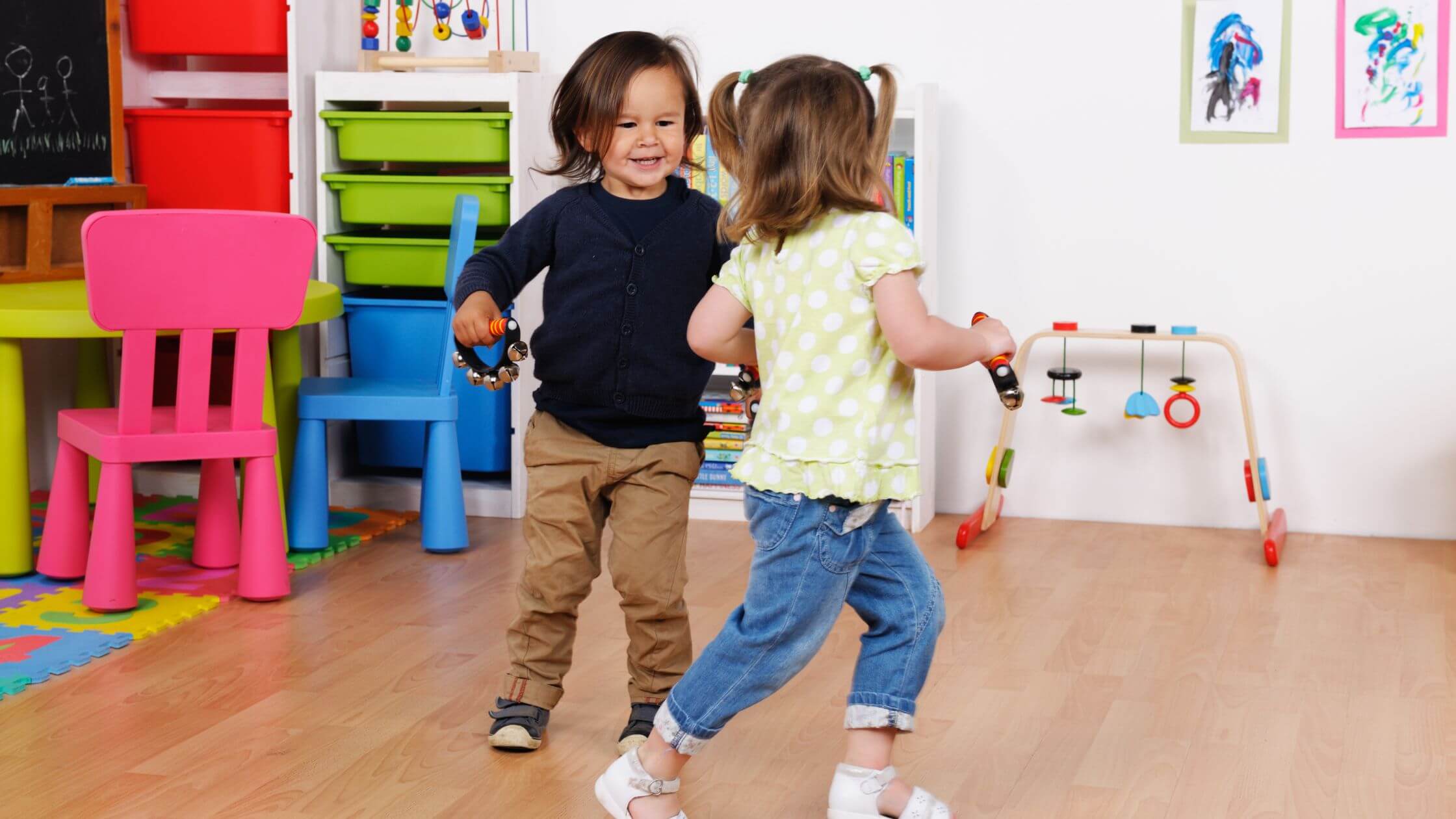Physical Literacy: What Does It Mean?
“Physical literacy” definition: from National Library of Medicine: “disposition to capitalise on our human-embodied capability wherein the individual has the motivation, confidence, physical competence, knowledge, and understanding to value and take responsibility for maintaining purposeful physical pursuits and activities throughout the life course.”
In other words, as early years educators, our role is to encourage children to adopt an approach where they are motivated, confident, skilled, and knowledgeable enough to value and eventually take responsibility for staying active throughout their lives.
Building Foundations: The Power Of Early Literacy
Physical literacy doesn’t just happen on its own. It is quite a lot of hard work for the body and brain to develop a vocabulary of movements. These movements are observed, copied, and learnt.
Our foundation of movement vocabulary starts in early childhood. Fundamental movement skills are required for walking, dancing, and elite sports. These skills are learnt with constant practice and repetition.
The learnt movement vocabulary is what helps children, and adults move with confidence and competence. When a child is confident and competent, with their movement vocabulary, they can move on the ground indoors and outdoors, in and on the water, and on snow and ice.
How are you as a setting demonstrating a foundation of movement vocabulary for your little ones? The resource from the Youth Sport Trust is a great reference for you and your team. https://www.youthsporttrust.org/media/xl1dyrzb/early-years-physical-literacy-framework.pdf
Providing opportunities for your little ones, no matter their needs, is vital, especially as the recent “Active Lives Children and Young People’s Survey” has revealed worrying results. The survey showed that less than half of children achieve the guidelines for exercise. And a third are active for less than 30 minutes a day.
This survey shows how important it is for early years educators to find ways to encourage our little ones to enjoy physical activity as they develop their movement vocabulary. Neglecting finding ways to encourage them will have a huge impact on their future health and physical literacy outcomes.
How Can We Help Them?
We need to show children, and adults, all the different, fun, and creative ways to be active and have fun. You and your team need to model this behaviour as all their movement vocabulary is learnt from observation, copying, and repeating. By doing this, you are creating a positive experience of movement for your children, and team, that will have a huge impact on their lives.
Yes, some children don’t have any interest, or physical ability, to engage in specific sport-led activities. And this is fine, as we are all different. They just haven’t discovered what lights their ‘fire!’ so to speak… The solution is to introduce your children to as many activities as possible. Let them find, with you, what they enjoy and encourage them to develop their movement vocabulary in ways that work for them including interactive creative role-play.
Remember this goes for the adults as well. Some of you may not have had the most positive experiences of sport at school. These experiences impact your interest in, and delivery of physical activities and how you encourage your children.
To help them, we need to consider how, we as adults, can ensure we have a positive relationship with movement in our environment and how we can encourage our children to build positive relationships with all types of physical activities.
On top of all the physical benefits, movement helps to enhance cognitive functions such as attention, memory, decision-making, social, and psychological development.
Did you know? Movement grows your brain through the Brain-Derived Neurotrophic Factor (BDNF) release which stimulates growth.
‘Mr Myelin’ is Professor George Bartzokis (1956-2014), a neuroscientist and Professor of Psychiatry.
Myelin is the insulation that tightly wraps around our nerve fibres. Each time we repeat a movement it wraps the myelin, like electrical tape to prevent any leaks, around that part of the circuitry we used in the brain to recreate the movement. Myelin increases the speed and accuracy of the signal strength in our brain i.e. the upload and download speed of our brain. Some people talk about ‘muscle memory’ but it is myelin. Myelin has been attributed as the key to talking, reading, learning skills, and even, being human.
Bartzokis originated the theory that the degeneration of the brain’s myelin contributed to many developmental and degenerative diseases, such as schizophrenia and Alzheimer’s. Continued research shows the importance of myelin in the brain and how it ensures everything runs smoothly. So remember, if you don’t use it, you lose it!
Myelin And Language
“Reduced myelin in key areas of the brain necessary for learning rules, speaking, and listening may impair language acquisition in children.” Quantitative MRI reveals differences in striatal myelin in children with DLD Saloni Krishnan, Gabriel J Cler … Kate E Watkins
Myelin initially builds on the sensorimotor white matter and the Heschl gyrus (the structure containing the human primary auditory cortex in the brain) and then, extends to the language-related areas. Physical literacy in the early years and its relationship with speech and language, is looked at in the article: “Myelination of language-related areas in the developing brain” by J. Pujol, et al, 2006.
Just A Little Reminder For The Adults
This diagram from the gov.uk website is a great reminder of why we all need to be active throughout our lives and the importance of creating a positive environment for children, and adults, in your setting.

